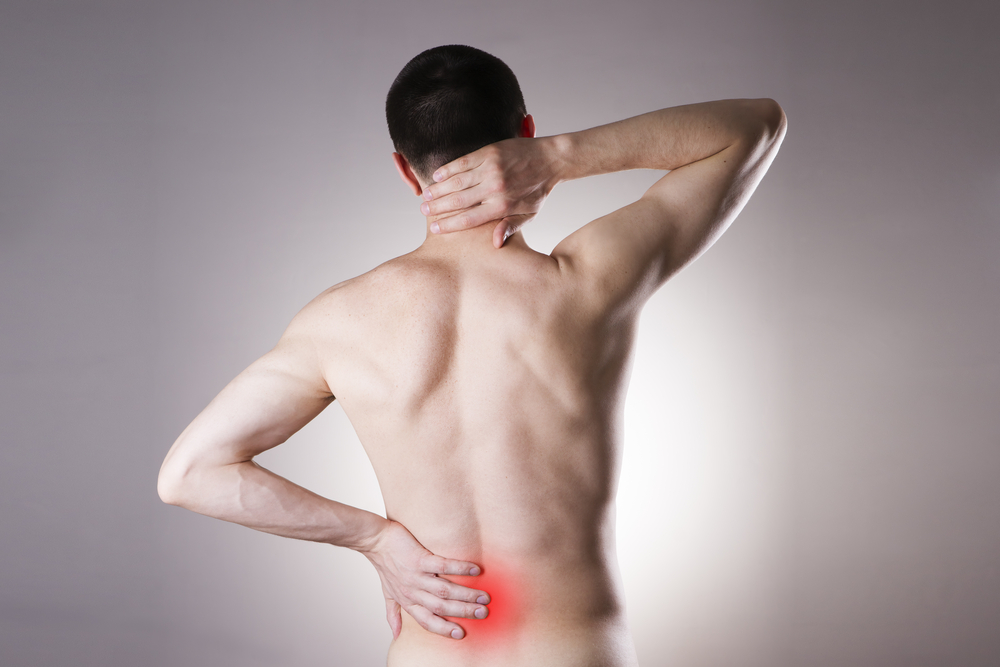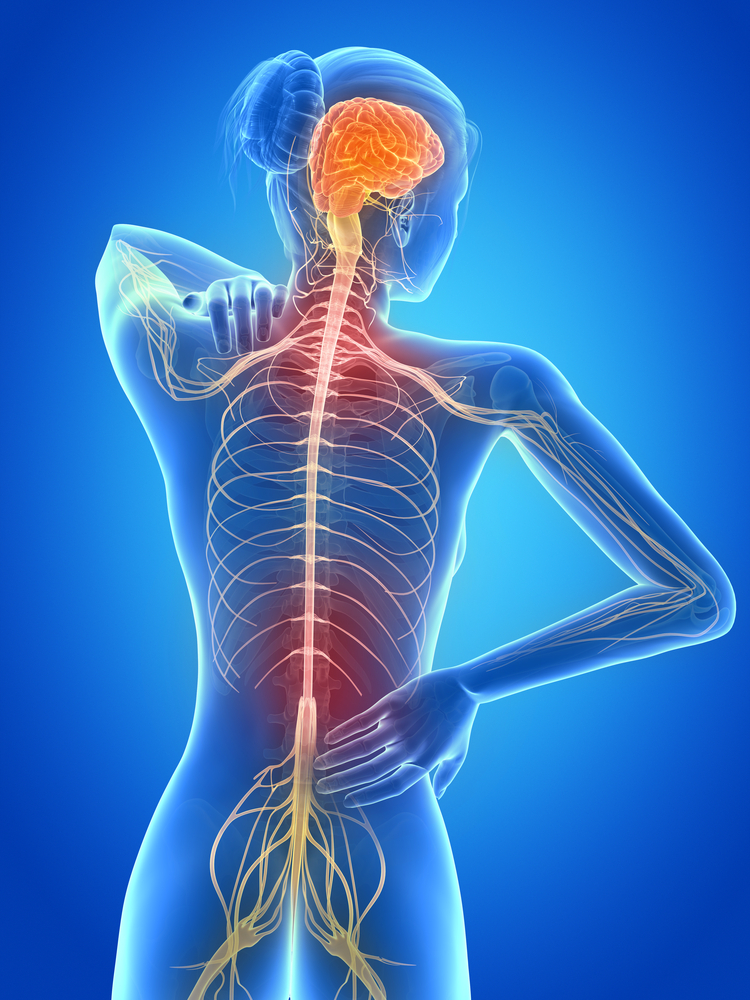Sciatica: What is It and How is it Treated?

At Farmingdale Physical Therapy West, we help our patients recover from a diverse range of injuries and ailments. Often, the pain and immobility from many of these ailments is debilitating. Part of our mission is to administer treatment that ensures a swift and complete recovery from these disorders. Without a doubt, one of the most notable types of pain we treat is sciatica. And many of our patient ask us questions about this particular ailment.
Sciatica is a very common type of pain which affects about 10-40% of the population. Of course, our team of gifted therapists have years of experience helping patients heal from it. In this post, we’ll discuss sciatica, what it is, its symptoms, causes and more.
What Is Sciatica?
Sciatica refers to pain which radiates along the path of the sciatic nerve. The sciatic nerve extends from the lower back, through the hips/buttocks and down each leg. Usually, sciatica affects only one side of the body.
Generally, sciatics occurs when a herniated disk, spinal bone spur or spinal narrowing (spinal stenosis) compresses a portion of the nerve. As a result, patients experience inflammation, pain and often numbness in the leg.
Often, sciatica pain is severe. However, most cases can resolve with non-invasive treatment (like dynamic stretches in physical therapy) within a few weeks.
Sciatica Symptoms
Of course, the hallmark of sciatica is pain that radiates from the lumbar spine through the buttock and down the back of a leg. Usually, you may feel the discomfort just about anywhere along the nerve pathway. However, it will most likely follow a path from the lower back and through to the back of the thigh and calf.
Often, this sort of pain can vary widely. Patients may feel anything from a mild ache to a sharp, unbearable burning sensation. Sometimes, it can feel like a severe jolt or electrical shock. Coughing, sneezing or long periods of sitting can aggravate these symptoms. Usually, sciatica affects only one side of the body.
Sometimes, people also experience numbness, tingling or muscle weakness in the leg or foot. Additionally, it’s possible to feel pain in one part of the leg and numbness elsewhere. These symptoms can inhibit activities like cardio exercise and much more.
Causes of Sciatica
When the sciatic nerve experiences pinching or compression, by a herniated disk in the spine or a bone spur on the vertebrae, sciatica occurs. And in rare cases, the sciatic nerve is compressed by a tumor or damage from diseases like diabetes.
In addition, there are several notable risk factors for sciatica. First, age is a considerable risk factor. Aging changes in the spine, like herniated disks and bone spurs, most commonly cause sciatica.
Second, another risk factor is obesity. Of course, excess body weight increases the stress on our spines. Therefore, it sometimes contributes to the spinal changes that trigger sciatica.
Another notable risk factor is your occupation. If you work a job that requires you to twist your back, carry heavy weights or drive for long periods of time, this could lead to sciatica. However, there are no conclusive facts to prove this just yet.
Spinal Disorders Contributing to Sciatica
There are some spinal disorders that causes sciatica nerve compression and most common according to Jean- Jacques Abitobol, MD are:
- Herniated discs
- Lumbar spinal stenosis
- Spondylolisthesis
- Trauma
- Piriformis syndrome
- Spinal tumors

Sciatica Remedies
There are nonsurgical remedies available and regular exercises for moderate sciatic nerve pain. Unfortunately for others, when the pain doesn’t get any better on its own, a surgical approach may be the best solution for pain relief and preventing future acute or chronic injury.
Conclusion – Farmingdale Physical Therapy West
We’re passionate about helping our patients to conquer their ailments and return to pain-free lifestyles. Often, sciatica can be debilitating in those it affects. Therefore, we’re committed to administering effective, non-invasive treatments that completely eliminate sciatic pain.

